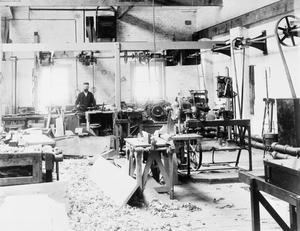Nationality English Role Engineer Parents Hurrell Froude | Children Robert Edmund Froude Name William Froude | |
 | ||
Died May 4, 1879, Simon's Town, South Africa Siblings James Anthony Froude, Hurrell Froude Similar People James Anthony Froude, Hurrell Froude, Isambard Kingdom Brunel | ||
Marin drijf in bioscoop voor studenten maritieme techniek william froude
William Froude (; 28 November 1810 in Devon – 4 May 1879 in Simonstown, South Africa) was an English engineer, hydrodynamicist and naval architect. He was the first to formulate reliable laws for the resistance that water offers to ships (such as the hull speed equation) and for predicting their stability.
Contents
- Marin drijf in bioscoop voor studenten maritieme techniek william froude
- Symposium SG William Froude introduction video
- Biography
- References
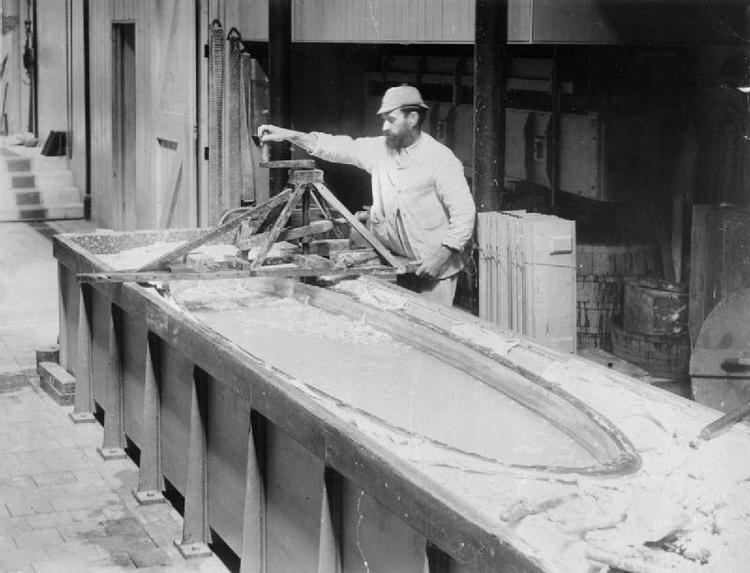
Symposium S.G. "William Froude" introduction video
Biography
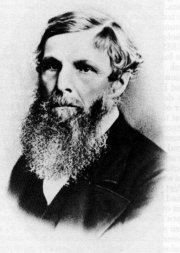
Froude was born at Dartington, Devon, England, the son of Robert Froude, Archdeacon of Totnes and was educated at Westminster School and Oriel College, Oxford, graduating with a first in mathematics in 1832.

His first employment was as a surveyor on the South Eastern Railway which, in 1837, led to Brunel giving him responsibility for the construction of a section of the Bristol and Exeter Railway. It was here that he developed his empirical method of setting out track transition curves and introduced an alternative design to the helicoidal skew arch bridge at Rewe and Cowley Bridge Junction, near Exeter.

At Brunel's invitation Froude turned his attention to the stability of ships in a seaway and his 1861 paper to the Institution of Naval Architects became influential in ship design. This led to a commission to identify the most efficient hull shape, which he was able to fulfil by reference to scale models: he established a formula (now known as the Froude number) by which the results of small-scale tests could be used to predict the behaviour of full-sized hulls. He built a sequence of 3, 6 and (shown in the picture) 12 foot scale models and used them in towing trials to establish resistance and scaling laws; Raven's sharp prow followed the "waveline" theory of John Scott Russell, but Swan's blunter profile proved to offer lower resistance. His experiments were vindicated in full-scale trials conducted by the Admiralty and as a result the first ship test tank was built, at public expense, at his home in Torquay. Here he was able to combine mathematical expertise with practical experimentation to such good effect that his methods are still followed today.
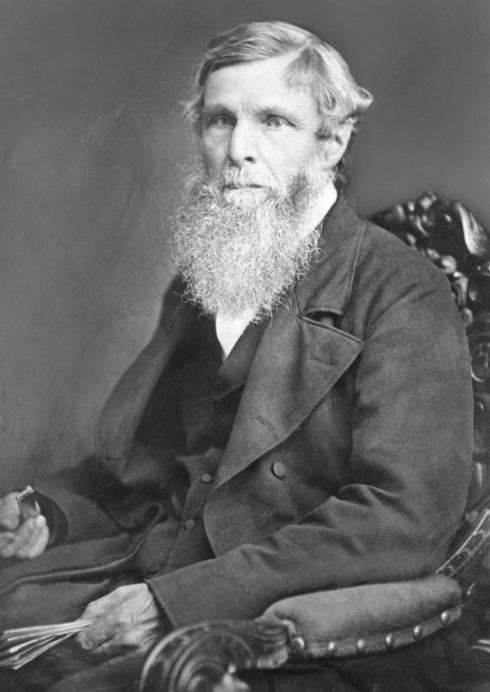
In 1877, he was commissioned by the Admiralty to produce a machine capable of absorbing and measuring the power of large naval engines. He invented and built the world's first water brake dynamometer, sometimes known as the hydraulic dynamometer, which led to the formation of Heenan & Froude Ltd in Birmingham.
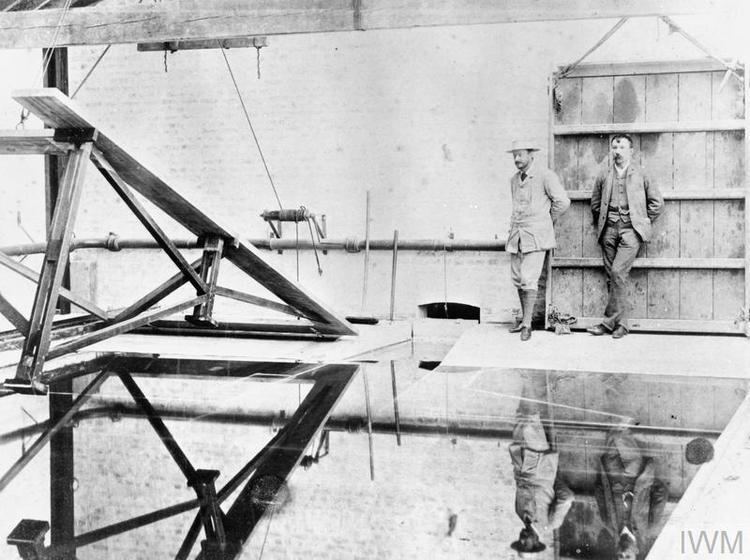
While on holiday as an official guest of the Royal Navy he died in Simonstown, South Africa, where he was buried with full naval honours.
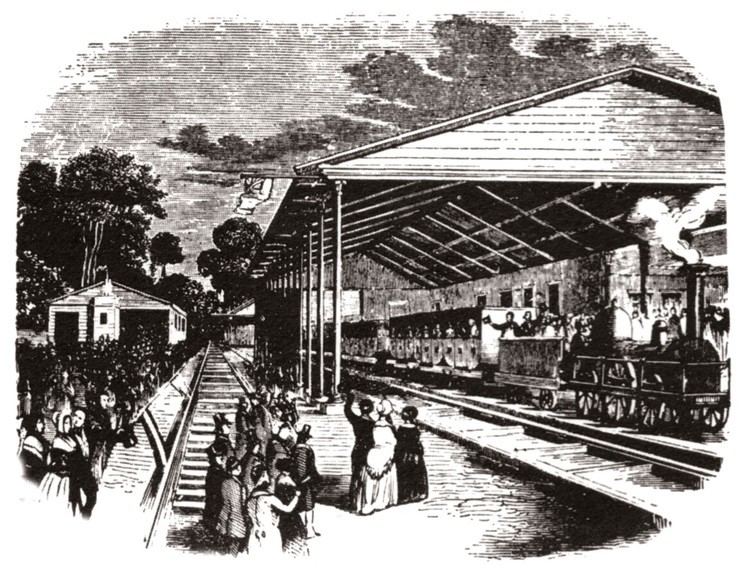
He was the brother of James Anthony Froude, a historian, and Hurrell Froude, writer and priest. William was married to the former Catherine Henrietta Elizabeth Holdsworth, daughter of the Governor of Dartmouth Castle, mercantile magnate and member of Parliament Arthur Howe Holdsworth.
